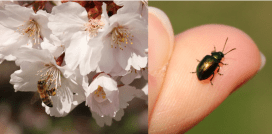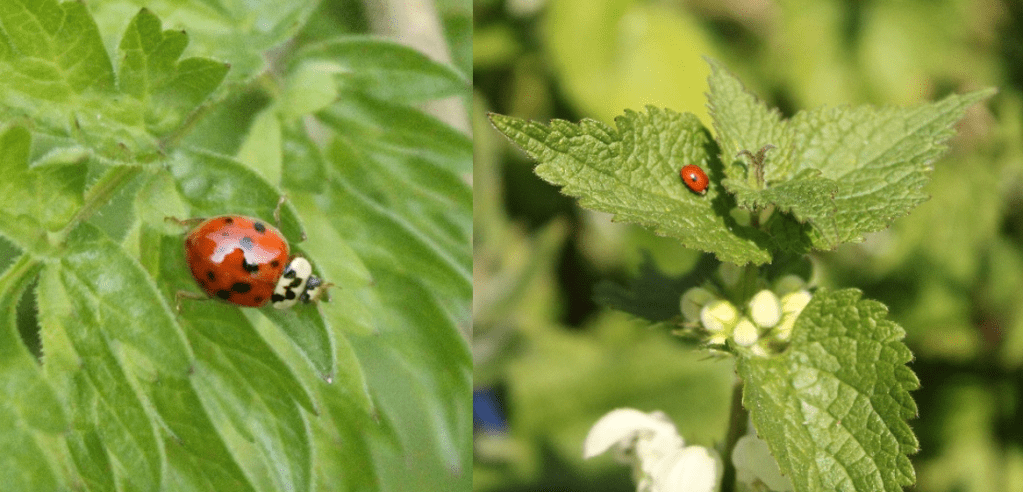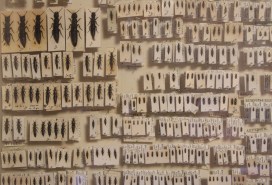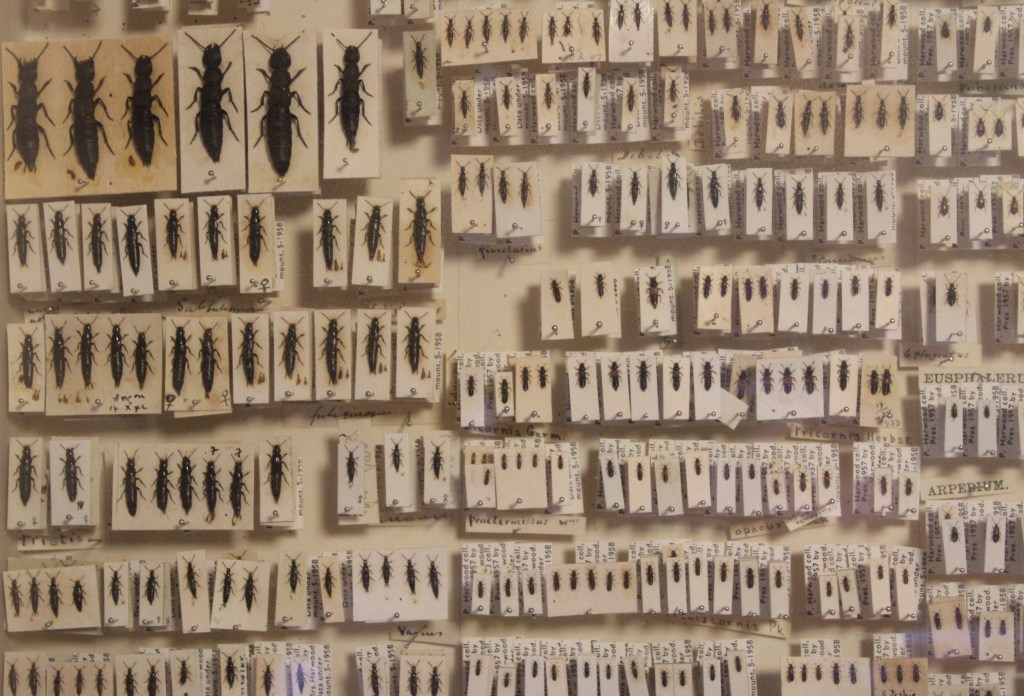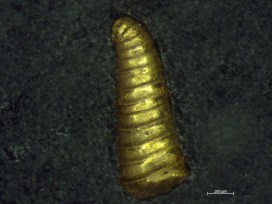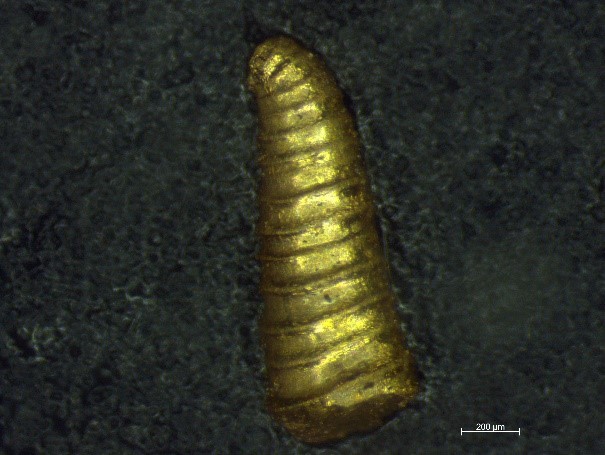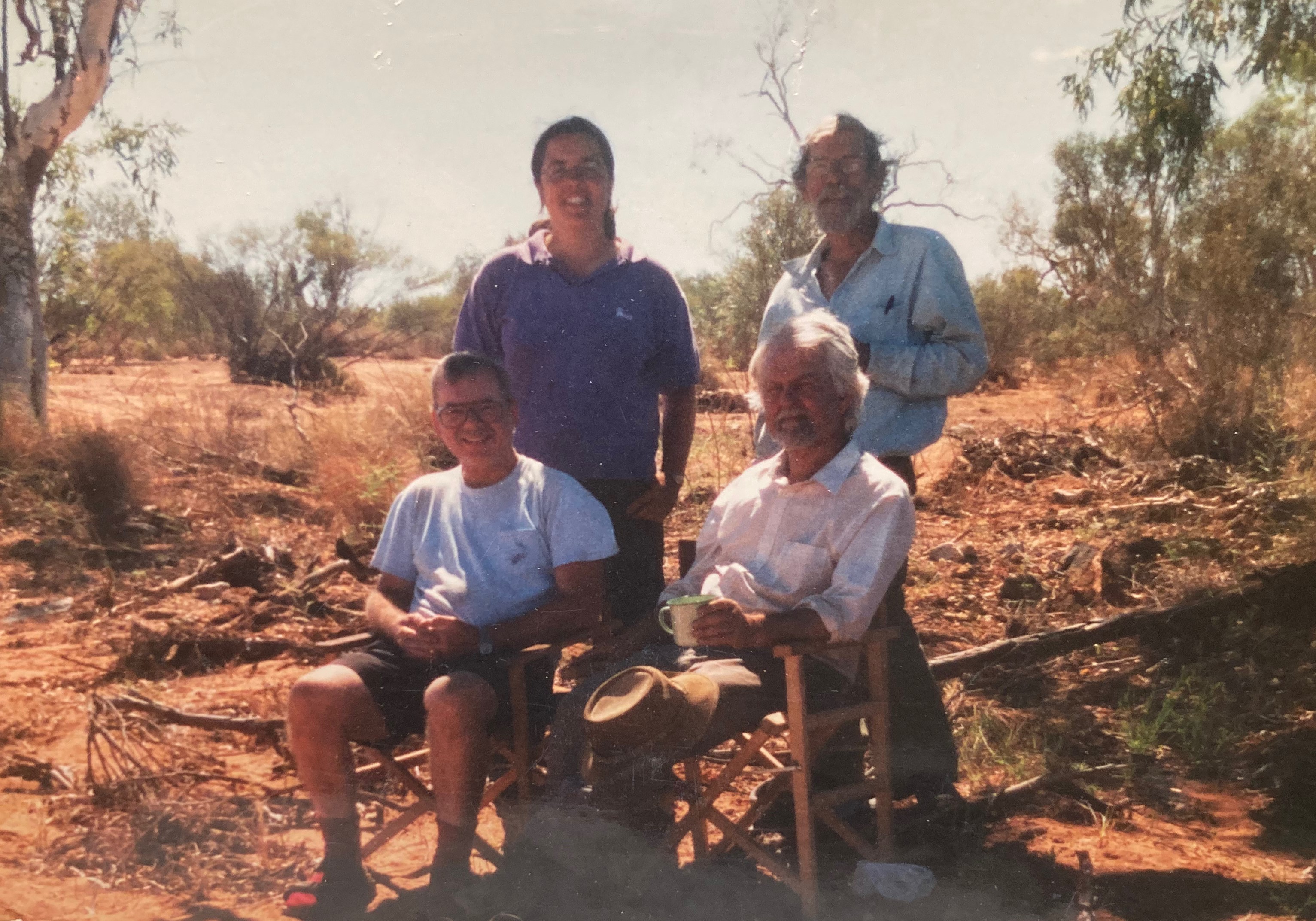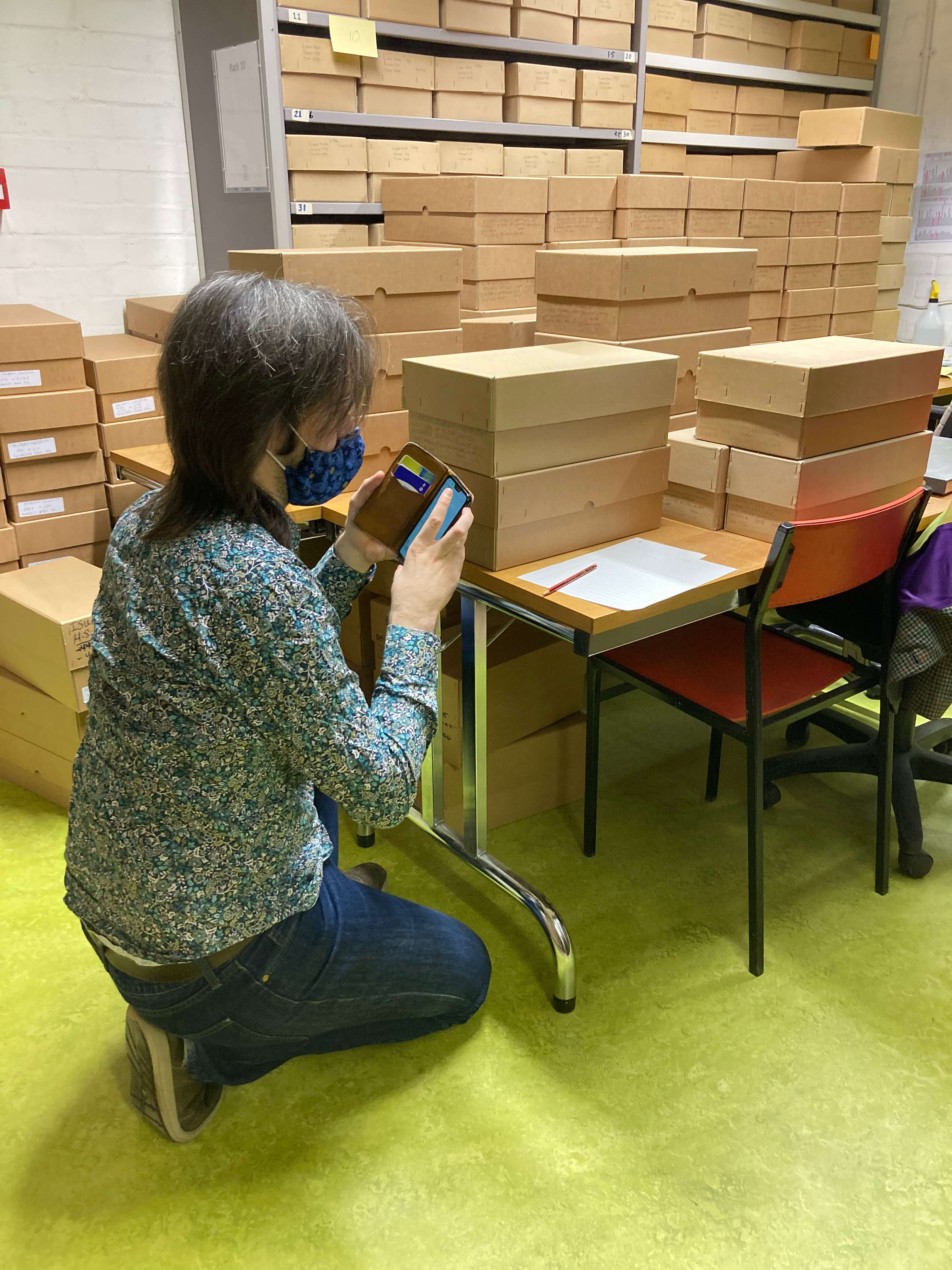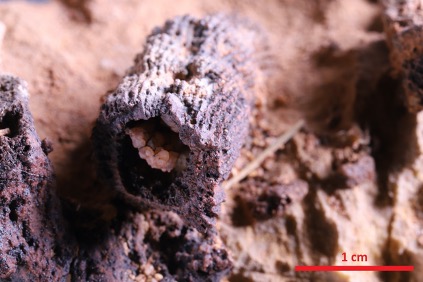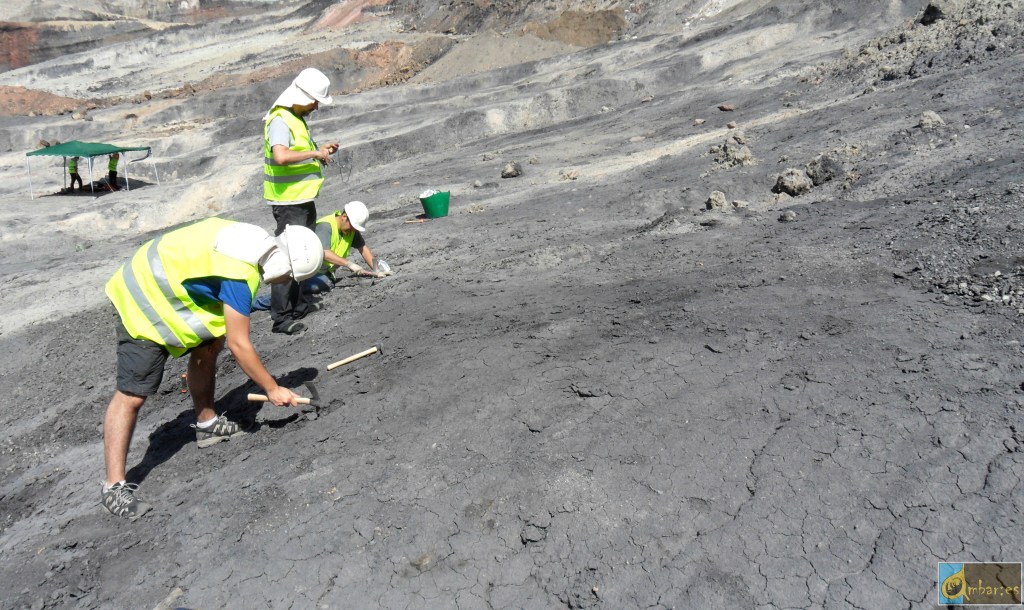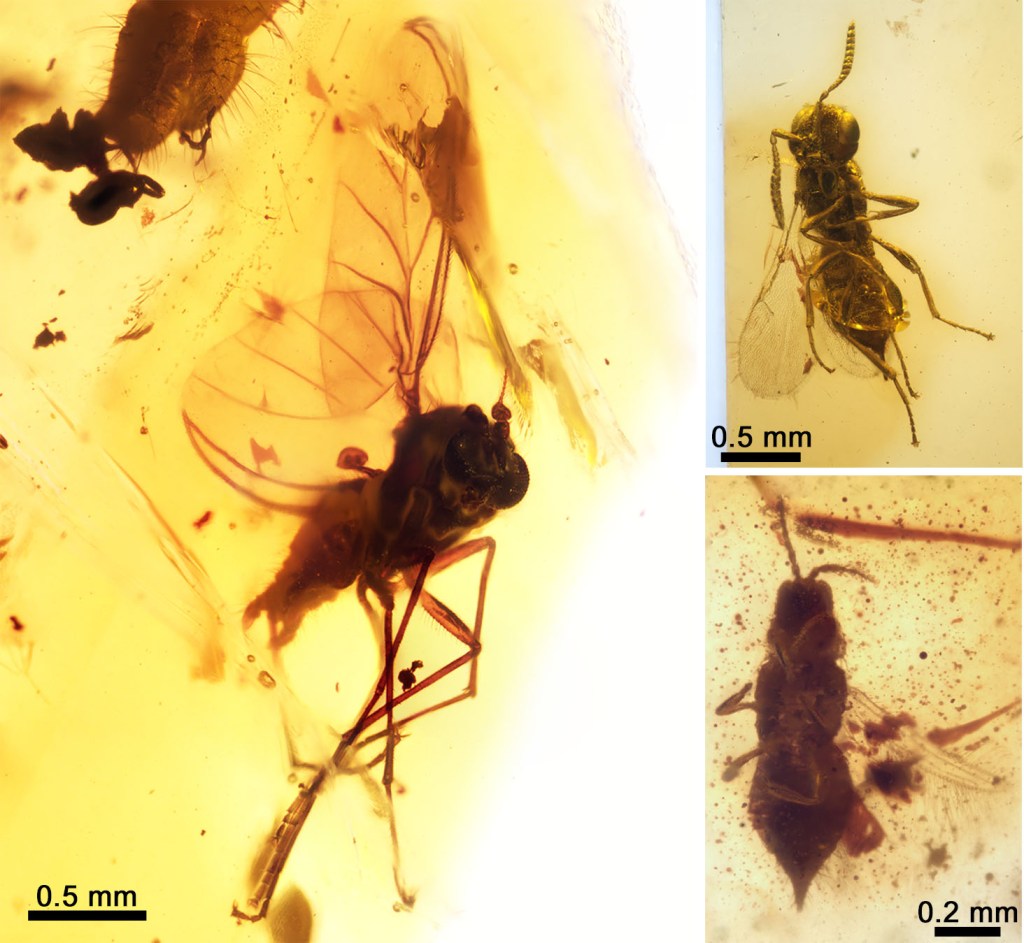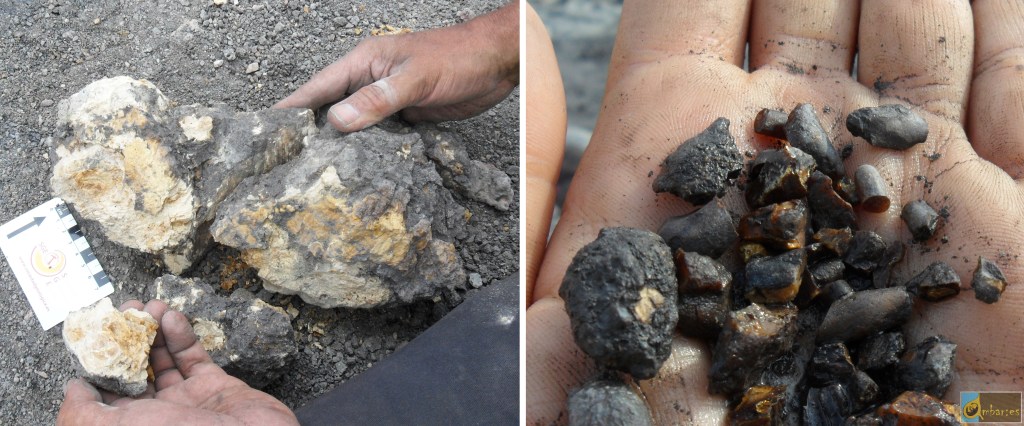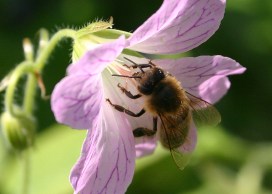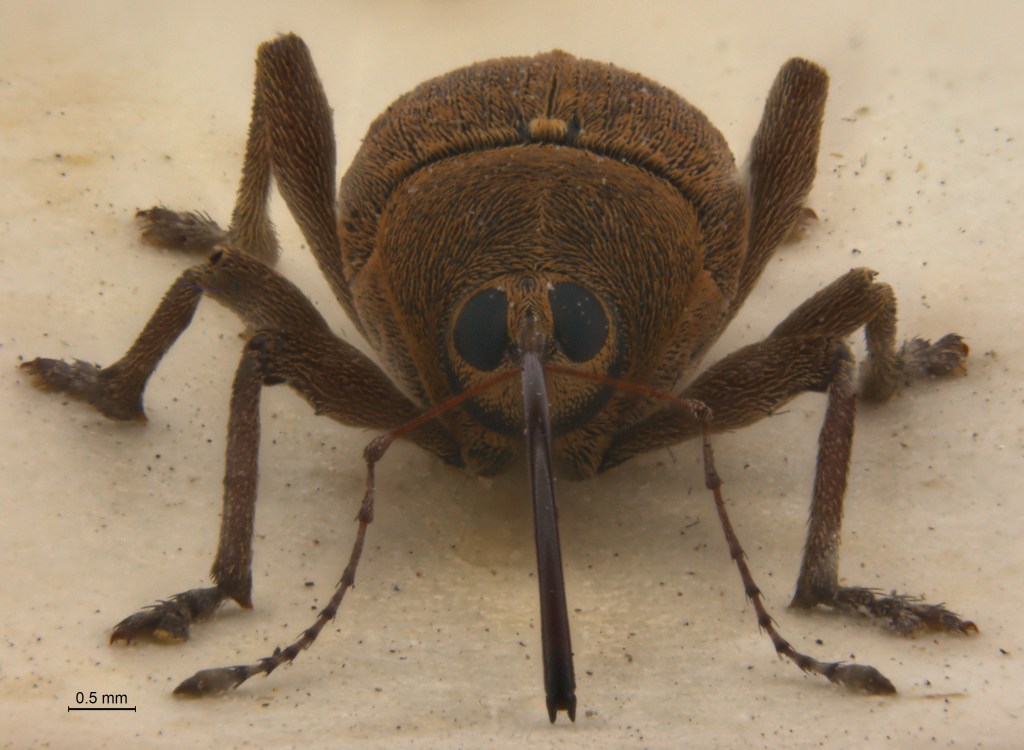One door closes, another opens…
By Anna Jones, HOPE Project Manager
At the start of National Insect Week, Anna Jones reflects on an entomological escapade that has involved the relocation of over one million insects, and that will allow us to transform the Westwood Room into a ‘Museum within a Museum’ for the first time this autumn…
When we set out on our HOPE adventure in the winter of 2019, what was being called an ‘ambitious’ task seemed almost impossible. Could Museum staff, volunteers, and interns restore, rehouse, and relabel over one million British insects in just over one year?
HOPE for the Future is the Museum’s three-year project to protect and share our amazing British Insect Collection. HOPE is a natty acronym that spells out the project’s aims (Heritage, Outreach and Preservation of Entomology), and is also a nod to Frederick William Hope, a founding collector of the Oxford University Museum of Natural History. Supported by the National Lottery Heritage Fund and thanks to National Lottery Players, the project focuses on the intertwined heritage of our British Insect Collection and the Westwood room.
The Museum’s British Insect Collection represents all insect groups from butterflies to beetles and bees, flies, and fleas. It is ‘Designated’ by Arts Council England as being of national and international importance.
The Collection spans almost the entire history of British entomology, providing extensive information on biodiversity during and after the Industrial Revolution. It offers an extraordinary window into the natural world, and includes dozens of iconic species now considered extinct in the UK, like the large copper butterfly and blue stag beetle. In order to protect these valuable specimens, we had to transfer them by hand from their old cork-lined drawers, preventing reactions between the cork and the insects’ pins from degrading the specimens and making them friable. These drawers were then transferred out of their original home, in the Westwood room, to new cabinets elsewhere in the Museum.
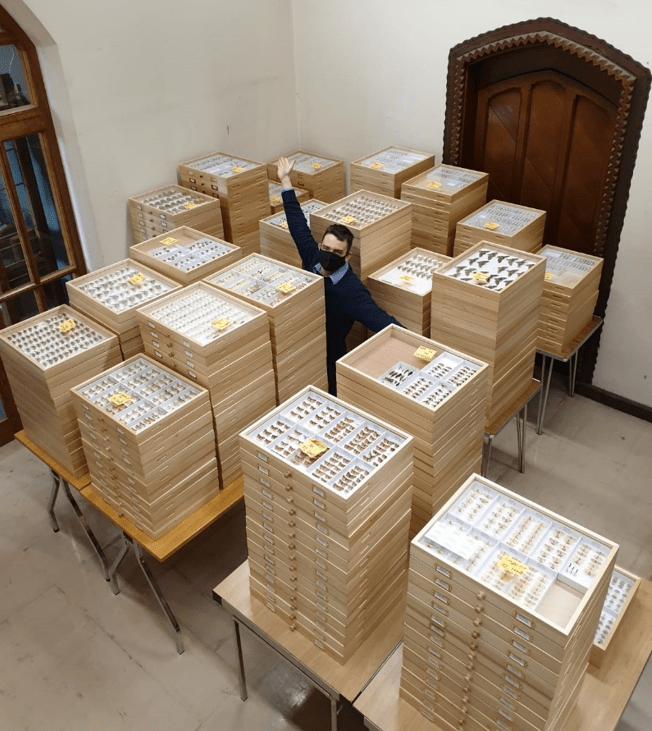

Finally, the meticulous moving of specimens is miraculously complete; an achievement described by our Director as “beyond the Museum’s wildest dreams”. Now the last of the cabinet doors is snugly closed, we rest assured that our collections are secure and will be preserved for the public for years to come. At the same time, we prepare ourselves to take the trailblazing step of opening the doors to the Westwood room to the public for the first time.

Originally called “Mr Hope’s Musuem”, the Westwood room became a favourite meeting place for naturalists in the nineteenth century. Now empty, the Westwood room can be restored to its former Pre-Raphaelite glory. We will also transform the room to create a new multi-purpose public space with displays on biodiversity, habitat loss, and how we can use museum collections to study our environment.
HOPE for the Future will allow the public to access the Westwood room for the first time: a beautiful, historic, and artistically-important part of the Pre-Raphaelite history of the Museum. From Autumn 2022, we will use the space to host insect-focused public engagement programmes and other popular Museum events — all connected to our learning and community programmes. Here. we hope to inspire the next generation of scientists and encourage people to care more for the wildlife on their doorsteps.
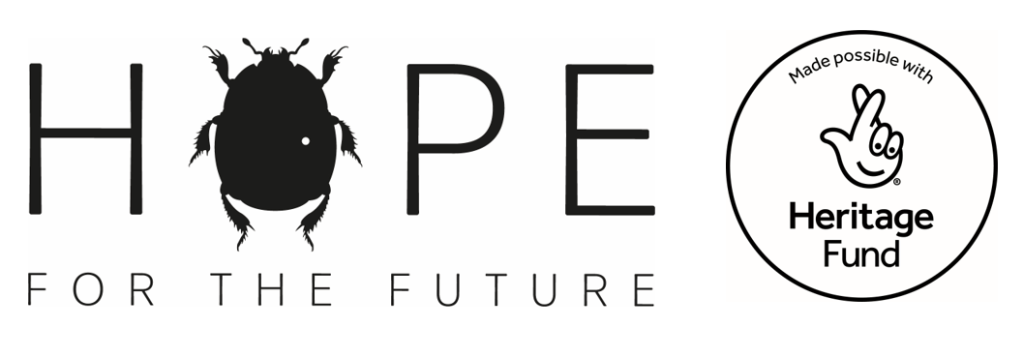
Want to learn more about insects?
- Events: HOPE has many outreach activities coming up over the next few months, including Summer Schools, Discovery Days, and Entomologist Clubs with children and young people. We also run an outreach programme with families, grandparents, and community elders, encouraging thousands of people to appreciate insects, and their relationships to humans and other wildlife.
- Crunchy on the Outside: read our blog for young entomologists
- Donate to the HOPE appeal: help us to continue to inspire the public to learn about insects



